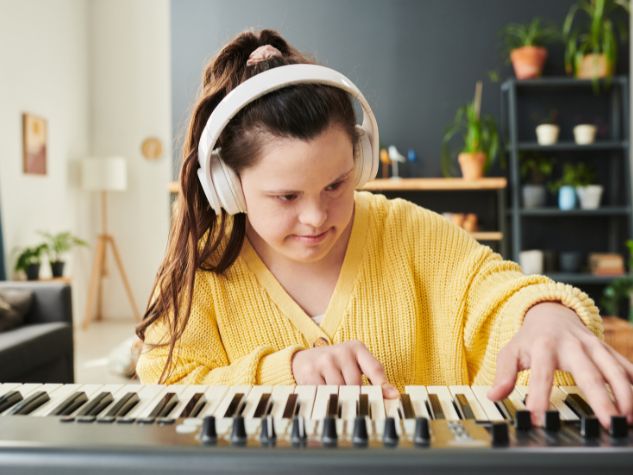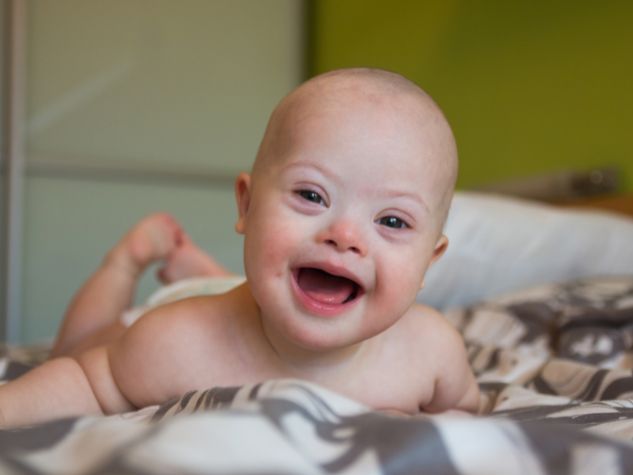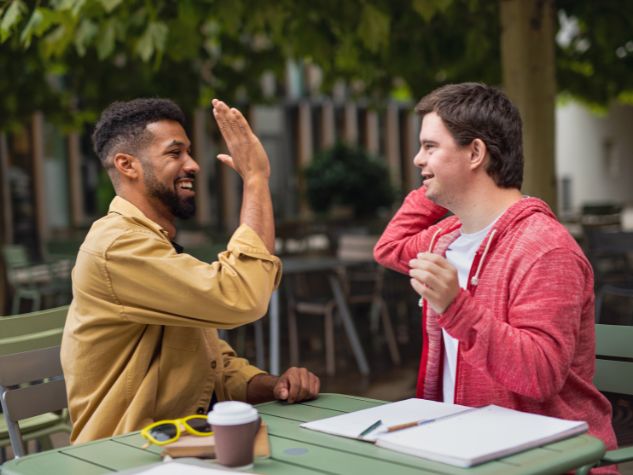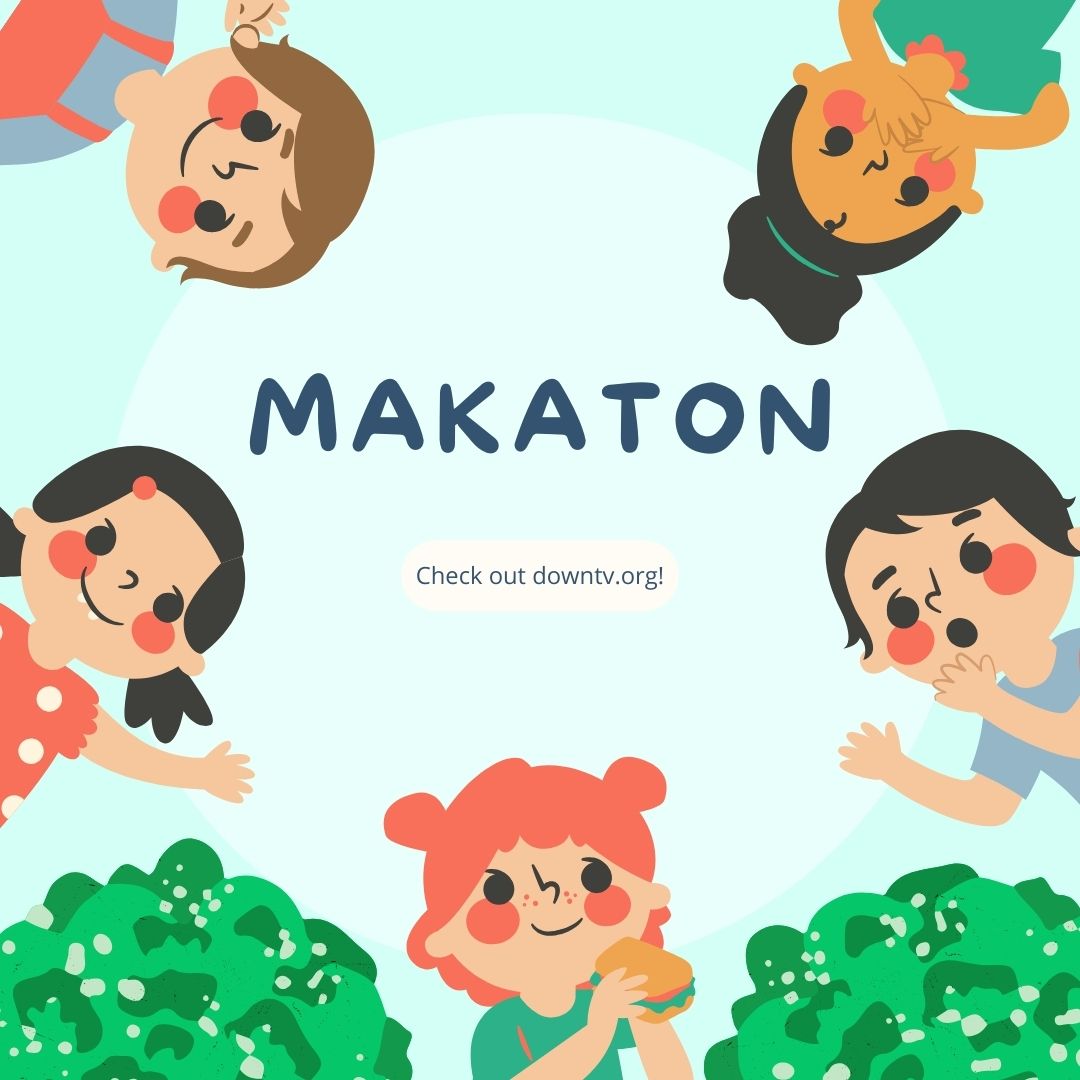We may start defining what is Inclusive Education. Inclusive Education is about disabled children going to school with non-disabled peers, regardless of their gender, ethnicity or social class. The key thing is about people who are disabled with different sorts of impairment, such as sensory, physical, or intellectual.
The first principle is that inclusion is about creating schools and classes where all children are welcome.
The second principle is that you create a can-do culture rather than a can’t-do culture where you identify the barriers and find solutions.
The third principle is that what is taught it taught in a flexible way so that all children learn something from what is taught. Doesn’t mean we all learn the same thing at the same time and that is, of course, a major problem in today’s over-tested classrooms and schools.
There is no proof that this is the best way to educate. There is a lot of evidence that starting from where the child is and taking their thinking forward in a whole number of different ways is the best way for them to learn, not drilling children and rote learning.
So, also for inclusion then we need a curriculum which is flexible and differentiated. We also need all the adults in the school to work together so it is about a collaborative endeavor rather than competition between the staff and the pupils and this is one of the great skills that we need to solve all problems that we are coming up in the environment.
The fourth principle is to see that everybody has something to offer and it’s about finding how that is and most importantly it is about educating the adults, particularly the teachers and the principals and head teachers, to be able to identify and find the way to achieve this. And this requires more training and more time. The more adults working in teams together, the more you bring a team around the child to support the children’s learning. It’s very importantly recognizing that the biggest learning aid in any classroom is the other students and pupils and developing peer support, peer tutoring, and collaborative learning.
These principles are working in many different settings both in the developed world and the less developed world and are the key to start inclusive education. Of course, there are many barriers, from governments who are obsessed with international league tables to buildings that are not accessible enough.
So, the principle of inclusion for all is fairly simple, achieving it is actually quite difficult.


















